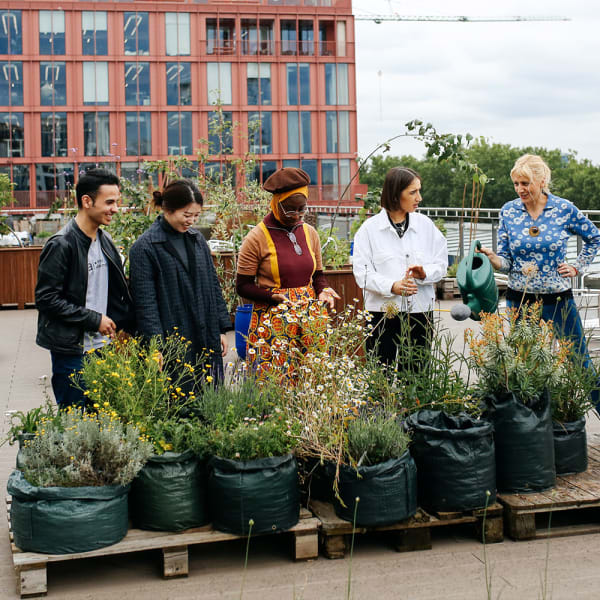
5 reasons why social design is important

- Written byYusuf Tamanna
- Published date 01 June 2021

Over recent years, design has expanded from its traditional terrains and been adapted for application to social, systemic and public policy challenges.
The UAL Social Design Institute develops and uses research insights to inform and change how designers and organisations design. Their mission is to make a positive social and environmental difference.
The institute also works closely with colleagues across UAL, including the Centre of Circular Design, Centre for Sustainable Fashion and Design Against Crime Research Centre.
Now the Institute has launched an online learning series, sharing how social design methods can be used to reinvigorate approaches to complex social, environmental and systemic challenges.
We’ve spoken to Jocelyn Bailey, Research Fellow at UAL Social Design Institute and Introduction to social design (short course) tutor, who highlighted 5 reasons why social design is important.

- We don't often think of the things of the social world as 'designed', but actually, if you believe they have been configured a certain way - for certain purposes - then that means you can start to think about how they might be re-configured.
- But you can't do any of this without people - collaborating and negotiating and communicating and so on. Social design recognises the importance of designing with not for.
- The design industry has been responsible for a lot of negative environmental and social outcomes over the years; social design means trying to chart a new, more positive course for design.
- The designed world has a big role to play in issues of equality, diversity and inclusion. Ideas, norms, and dominant narratives get infused into material things and continue to exert their influence. Examining the ideas that shape our designing is essential to understanding how design shapes the social world.
- Designing is a fundamentally optimistic practice that looks at the world and believes that it can be changed for the better.
If you are interested in learning more about social design, check out our upcoming webinars led by Jocelyn Bailey and Lucy Kimbell: New Thinking on Social Design Webinar, New Thinking on Assessing Impact and Value through Creative Practice Webinar, Exploring Service Futures through Design Sprints Webinar.